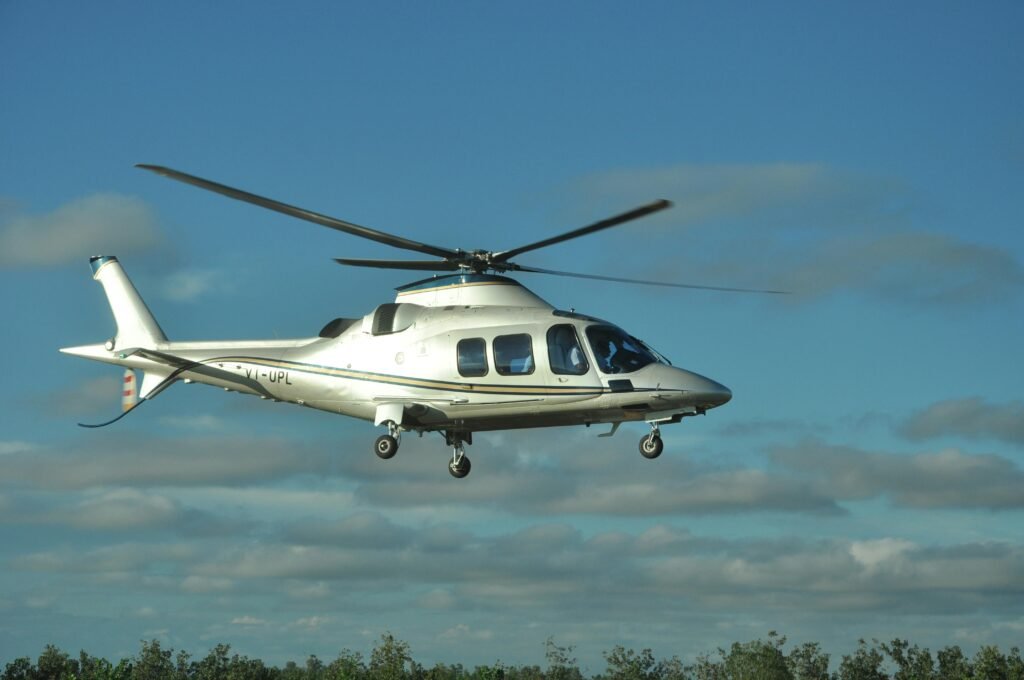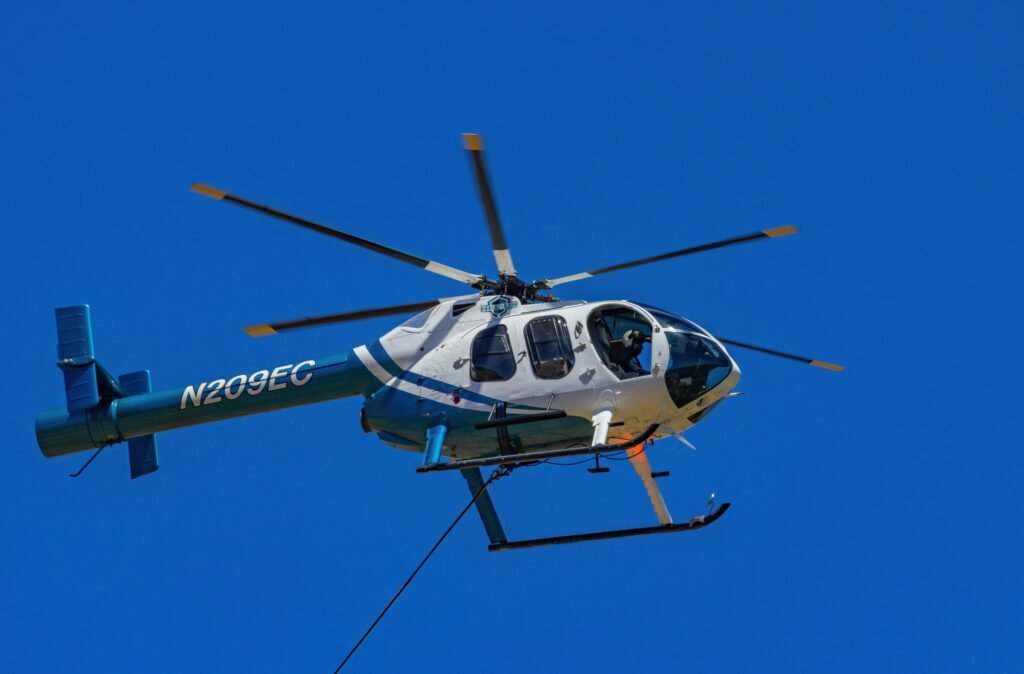🚁 How Helicopters Are Used in Arctic Research: 7 Powerful Missions Transforming Science
The Arctic is one of the most extreme and remote environments on Earth, making research operations incredibly challenging. That’s where helicopters come in. Over the decades, helicopters have become indispensable tools for scientists working in the polar regions. Understanding how helicopters are used in Arctic research opens a window into cutting-edge discoveries, environmental protection, and survival tactics in some of the harshest conditions on the planet.
At DreamSafar.in, we highlight how aviation plays a critical role in pushing the boundaries of human knowledge. Let’s explore the 7 powerful ways helicopters are transforming Arctic science.
🌨️ 1. Transporting Scientists to Remote Research Stations
Helicopters provide:
-
Fast access to remote Arctic bases unreachable by roads or ships
-
Landings on ice floes, tundra, and glacier fields
-
Year-round support during extreme weather windows
In places like Greenland, Svalbard, and northern Canada, helicopters are lifelines for scientific missions and survival.
🧪 2. Collecting Ice, Water, and Soil Samples
Researchers use helicopters to:
-
Hover over or land near glacial crevasses and frozen rivers
-
Deploy scientists for rapid sample collection
-
Hoist cryogenic samples back to labs for analysis
Without helicopters, sampling Arctic ecosystems at multiple points would be nearly impossible.
🐻 3. Tracking Arctic Wildlife
Helicopters play a crucial role in:
-
Monitoring polar bears, reindeer, seals, and arctic foxes
-
Conducting aerial surveys to estimate population health
-
Fitting animals with GPS tracking collars
Scientists use these surveys to understand migration patterns, breeding behaviors, and conservation threats.
🧊 4. Ice Mapping and Glacier Monitoring
Specialized helicopters are equipped with:
-
Radar, LIDAR, and hyperspectral imaging systems
-
Tools to scan ice sheet thickness and glacial movement rates
-
Aerial observation gear to spot crevasses and melt zones
Ice data is vital to climate change studies and predicting sea-level rise globally.
🔬 5. Supporting Climate Change Experiments
Arctic research often involves:
-
Setting up automatic weather stations
-
Installing CO₂ and methane sensors on the tundra
-
Monitoring permafrost conditions from above
Helicopters allow precision delivery of equipment and ongoing fieldwork maintenance in these fragile environments.
📡 6. Search and Rescue (SAR) Operations
Research missions sometimes face:
-
Sudden storms
-
Ice shifts and cracks
-
Medical emergencies
Helicopters are critical for rapid evacuation and search-and-rescue (SAR) missions, ensuring scientist safety in Arctic expeditions.
🚁 7. Satellite Calibration and Atmospheric Studies
Scientists use helicopters to:
-
Launch balloons, radar reflectors, and ground sensors
-
Calibrate satellites monitoring Arctic conditions
-
Study atmospheric phenomena like polar vortex changes
Helicopters bridge the gap between ground stations and orbiting spacecrafts, making data more accurate.
📊 Quick Overview: How Helicopters Support Arctic Research
| Mission Category | Helicopter Role | Research Impact |
|---|---|---|
| Transportation | Access remote camps & stations | Enables year-round field research |
| Wildlife Monitoring | Aerial tracking, sample collection | Supports conservation efforts |
| Ice and Glacier Mapping | Radar & imaging from helicopters | Monitors climate change effects |
| Emergency Support | Search, rescue, and evacuations | Ensures personnel safety |
| Atmospheric Studies | Equipment deployment and calibration | Improves global climate models |
🔗 Useful Links
❓ FAQ – How Helicopters Are Used in Arctic Research
Q1. Why are helicopters so important for Arctic research?
A: Helicopters provide essential access to remote areas, enable rapid sample collection, and support emergency evacuations.
Q2. What type of helicopters are used in the Arctic?
A: Models like the Bell 212, Sikorsky S-92, and Airbus AS350 are preferred for their durability, lift capacity, and cold-weather performance.
Q3. How do helicopters help track Arctic wildlife?
A: Scientists use helicopters to spot, photograph, and tag animals, helping track migrations, health trends, and population sizes.
Q4. Are helicopters used to monitor climate change?
A: Yes. They deploy instruments to study glacial melt, permafrost thaw, and atmospheric gases, contributing critical data.
Q5. Does DreamSafar.in arrange helicopter charters for research projects?
A: Yes! DreamSafar.in coordinates specialized helicopter charters for scientific, environmental, and disaster missions globally.
🏷️ Tags
How Helicopters Are Used in Arctic Research, Arctic Research Helicopter Use, DreamSafar, Helicopters in Science, Climate Research Flights, Arctic Wildlife Survey, Remote Research Helicopters, Polar Science Aviation, How Helicopters Are Used in Arctic Research,
📢 Call to Action
🚁 Pioneering science starts with reaching the unreachable!
Partner with DreamSafar.in for safe, professional, and efficient helicopter support for Arctic and scientific research missions.
📞 Contact us now or Request a Research Charter Plan


